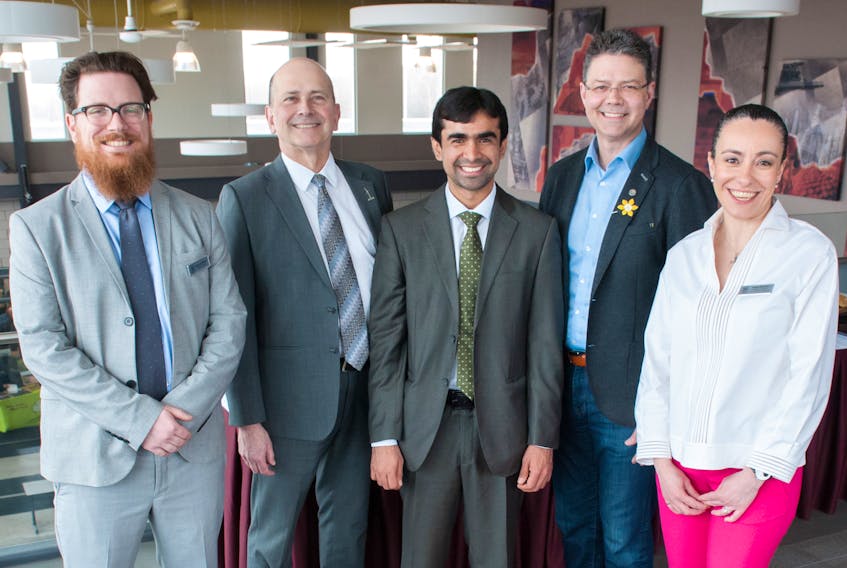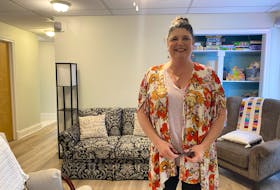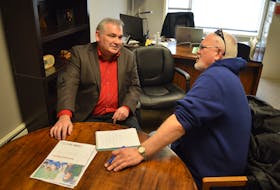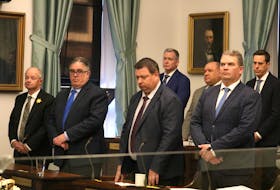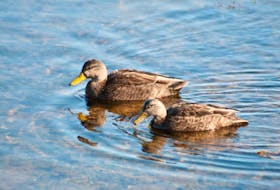UPEI is heading into outer space.
The Canadian Space Agency has announced that it will be one of 15 schools chosen to design, build and operate tiny satellites known as CubeSats.
UPEI’s Spudnik will be the creation of undergraduate and graduate students from the school’s physics and engineering programs.
Spudnik-1 will measure just 20 by 10 by 10 centimetres but will use an advanced imaging system for precision agriculture. The system will be able to capture precise soil and crop data (texture, topography, moisture content, weed and disease infestations, crop damage, etc.) as well as verify the effectiveness of herbicide and fungicide applications, monitor physical damage due to insects, inundation, wind and hail and schedule an irrigation plan.
The goal is to develop better monitoring systems to promote greater sustainability in agriculture.
Nicholas Krouglicof, dean of the faculty of sustainable design engineering, said the main design challenge is integrating all of the required subsystems, including power, attitude control, communications, image processing and the mission payload into such a small space.
“Our students will use their knowledge and understanding of physics to design, fabricate, test and analyze lenses and other optical components and fit everything inside the toaster.”
-Bill Whelan
“To reduce the development time, we’ll be applying the principles of concurrent engineering with multiple design teams developing the various CubeSat subsystems simultaneously rather than consecutively,’’ said Krouglicof. “We’ll also be applying state-of-the-art manufacturing techniques, including metal 3D printing.’’
SpudNik-1 will be capable of capturing images at a resolution of between two and 10 metres on the ground. This technology has an advantage over drones as a satellite can capture a greater amount of georeferenced data over a large area in a relatively short amount of time.
SpudNik-1 is a multi-year project and will provide design projects for several senior and junior teams at UPEI as well as optical design projects for students in physics.
Bill Whelan, chairman of the physics department at UPEI, said designing an optical system to capture two-metre resolution images of agricultural fields from a satellite the size of a toaster, 350 kilometres above Earth’s surface presents a significant challenge.
“Our students will use their knowledge and understanding of physics to design, fabricate, test and analyze lenses and other optical components and fit everything inside the toaster,’’ Whelan said.
Students will pick up useful experience and the skills they need when entering the job market. Students will gain science and engineering expertise from building a satellite destined for space as well as experience in project management, concurrent engineering, leadership and communications.
Fifteen teams comprised of 36 organizations will participate in the project.

